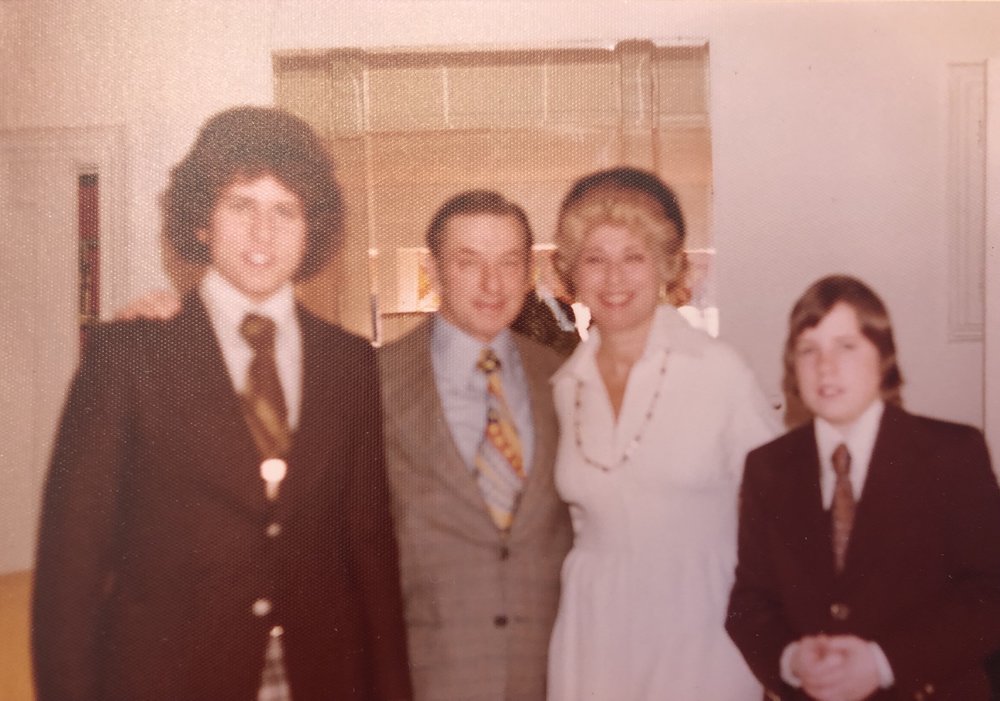The Toy Puzzle That Became A Sensation
The Roalex Company, which specialized in toys and novelties, signed a lease for 65-43 Austin Street in Forest Hills in 1952 when the western end of Austin Street was dominated by industrial facilities.
Alvin M. Borenstein, who passed away in 1978, was founder of the company and mastermind behind the Roalex puzzle, a 15-piece interlocking and sliding that formed various versions of an illustrated theme.
The small animated puzzle would become a source of enrichment and enjoyment for children and adults, and almost immediately rose in popularity nationally. There were at least a few hundred varieties and they were produced until 1971.
Borenstein sold products based on cartoon and television shows that were popular at the time, including Felix the Cat, Bozo The Clown, Mighty Mouse, Magilla Gorilla, The Jetsons, The Alvin Show, Huckleberry Hound and Yogi Bear.
The 1964-1965 World’s Fair was also celebrated in a puzzle, allowing a player to create the Unisphere.
“I think he had a partner named Robert, so they used RO, and AL for Alvin, and Ex for export, to come up with Roalex,” said his son Edward Borenstien, who lives in Bellmore.
He was raised in Manhattan with his brother, Stanley, who also calls Bellmore home.
“I would go to work with my dad and pasted the puzzles on the cardboard using glue,” recalled Stan. “I would go almost every Saturday with my dad to work and do that or help build shelves or make boxes.”
Besides puzzles, other toys and novelties were manufactured.
“My father was big into making kites with characters on it and they were great,” said Ed. “He also made novelties like the ‘Arrow Through the Head.’ I recall Steve Martin using that in his act when he was a young comedian.”
In 1957, their father was interviewed by Robert Williams of the New York Post.
“Nothing is new, it seems,” he said at the time. “The arrow must be 40 years old, at least. The magicians used to employ the same device to provide the illusion of a knife piercing an assistant. The silent movies used to use the same thing in westerns to show cowboys shot with arrows.”
“The arrow was, of course, just one of a million ideas which are constantly haunting Borenstein’s imagination in as much as he is in the business of creating and producing novelties, not to mention gimmicks and gadgets, which is a business where imagination is the essence of economic survival,” Williams wrote in his feature piece.
Stan recalled the puzzles selling for 69 cents around 1970, but in today’s market, these collectibles sell online anywhere from $25 to $500. He has ten of the original games in his possession.
“I’ve showed my kids, and they still work great,” he said. “I often think about rebooting and maybe marketing with business cards or giveaways at trade shows.”
“Our father would be so excited to know the impact and legacy his puzzles left,” Ed added. “My dad passed away so long ago, that my family really never knew about all that he did. Unfortunately, the business went under and my dad was never the same.
“This was his life and he put everything into it, but when he got into financial difficulty, he was never able to recover,” Ed continued. “We truly believe that led to his passing at 58.”


